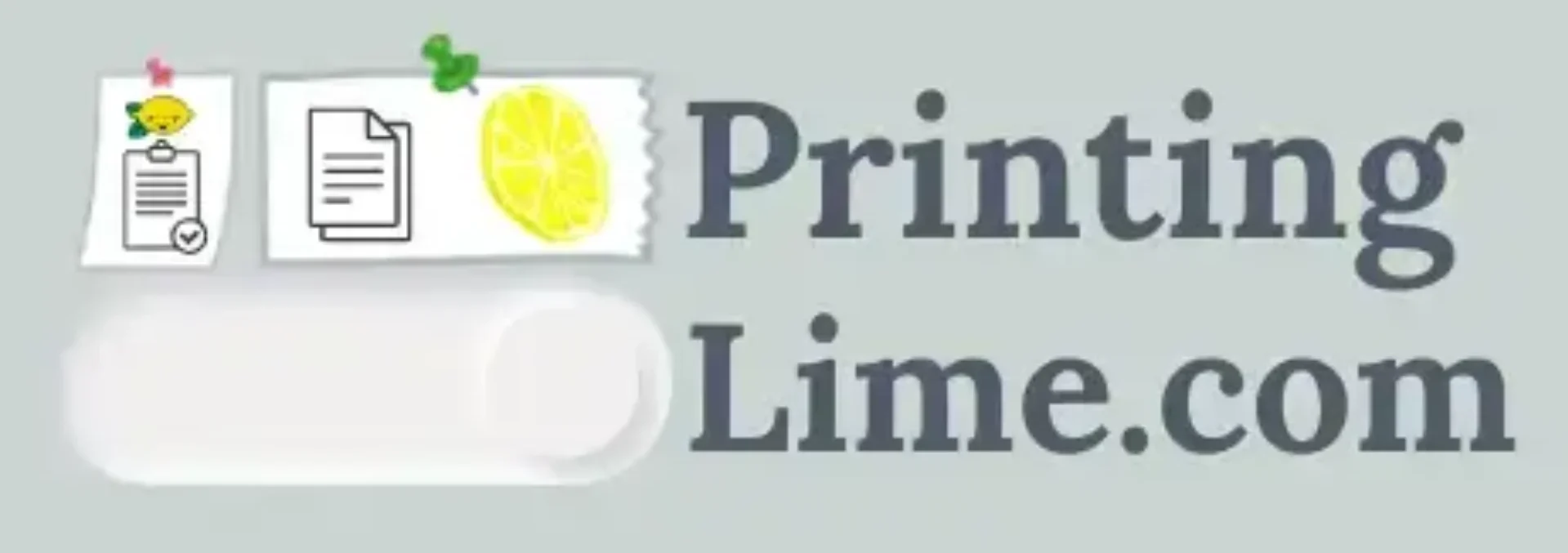Stereolithography also known as vat photopolymerization or resin 3D printing, is a type of additive manufacturing that is used to produce 3D objects by using Ultraviolet(UV) laser to cure the liquid resin into solidified object. In other words, SLA technique can also be defined as a 3D printing technique in which liquid resin upon interactions with certain wave-length of light converts to solid plastic.
It is the first-ever 3D printing technology that was introduced by Chuck Hull in 1986. This technology is considered one of the best to make prototypes, dental models, medical devices, jewelry designs and engineering components, because of its ability of providing high product detail, excellent surface finishes, and tight tolerance to water and air.
Key Features of Stereolithography
Following are the key features of Stereolithography(SLA) printing technique.
VAT Photopolymerization
Stereolithography is best for producing products with accurate dimensions that have reliable adhesion to the layer, because the printing process is based on the VAT Photopolymerization process. This process uses ultraviolet laser beam to cure thin layers of photosensitive liquid resin into solid object. Actually, the laser beam traces each cross-section of 3D model and then directly draw onto the resin surface by following the bottom-up approach.
High Resolution and Precision
The ability to build the models of high-resolution and perfect precision is one of the biggest feature of Stereolithography to give fine details of functional prototypes, intricate patterns in jewellery, and microfluidic devices. As this printing technique can produce very low layer thickness of around 25-50 microns (0.025-0.05 mm), so it is highly used for fabricating thin walls, sharp corners, and tiny cavities.
Smooth Surface Finishes
One of the key feature of Stereolithography is to give smooth surface finishes to products whose requirements are aesthetics and tactile feel, because it can produce objects having very thin layers joint together very closely and strongly. This printing technique ensures the smoothest surface, so end-product does not need samding or polishing. This feature makes the printing technique best for producing consumer-facing prototypes, dental models, and jewelry masters.
Material Versatility
This printing technique supports different types of resins to attain rigidness, flexibility, resistance to high-temperatures, biocompatibility, cast-ability, according to the product requirements. For example, biocompatible resins are necessary for making dental and medical models, while rubber-like resins are necessary for inducing flexibility/elasticity in the object. Similarly, cast-able resins are necessary for attaining desired molding. The ability of making object by using different materials make this technique best for using across different industries, ranging Healthcare and aerospace to art and consumer electronics.
Working Mechanism of Stereolithography(SLA)
Stereolithography(SLA) is a highly used printing technique for making prototypes and dental models. The working mechanism of SLA depends on many delicate steps ranging from design preparation to layer-by-layer liquid curing and from peeling and recoating of models to final finishing of the product. So, you can divide SLA working mechanism into following steps.
Design Preparation and Slicing
The first step is the preparation of 3D design in printable file format (STL or OBJ) using any CAD software. Then, 3D digital geometry is cut into a stack of horizontal layers with a slicing software. The horizontal slicing of 3D geometry provides the laser a toolpath (G-code) to follow.
At this stage, you can choose layer thickness of the model, can build orientation for strength and surface finish. Moreover, you can place support structures either automatically or manually to anchor overhangs and complex features.
Resin VAT Preparation and Calibration
The SLA printer machine consists of a (1) build platform, on which the object is formed,(2) a resin tank, that is filled with the photosensitive liquid resin, and (3) a UV laser or projector, that emits light or radiations of specific wavelength to solidify the liquid resin into solid-form.
The build platform and laser is calibrated in such a way that it ensures that the first layer adheres strongly and uniformly, so that the rest of the structure can be built on it. Moreover, the platform must be parallel to the bottom of vat, so that radiations can ensure uniform solidification of the liquid resin.
Layer-by-Layer Curing
The build platform adjusts itself just above the bottom of the resin tank. A thin layer of resin spreads between the build platform and vat transparent window. Then the emitted radiations from the UV light source scans the cross-section of the first layer and solidifying the specific regions according to the slicing of 3D model.
When the first layer is cured, the build platform lifts slightly and detaches the cured resin from the vat’s bottom. After lifting, the build platform again lowers itself slightly into the vat and again allow the fresh resin to flow beneath the part. This lifting and detaching of build platform and cured liquid layer happens again and again, until the entire object is printed.
Build Removal & Support Cleanup
When printing is done, the build platform raises the finished part out of the vat. During the whole SLA printing process, the support-structures are kept thin so that they can easily be removed either manually or with simple tools. Moreover, sometimes sanding or clipping is done to prepare the model for final curing.
Post-Processing: Rinsing & Curing
The uncured resin is cleaned off by bathing the model with isopropyl alcohol (IPA) in a dedicated wash station. After drying, the specific part again cured with UV-light so that liquid resin polymerize fully and provides mechanical strength for stabilization. However, post-curing time totally depends on the size of the part, resin type, and desired final properties.
